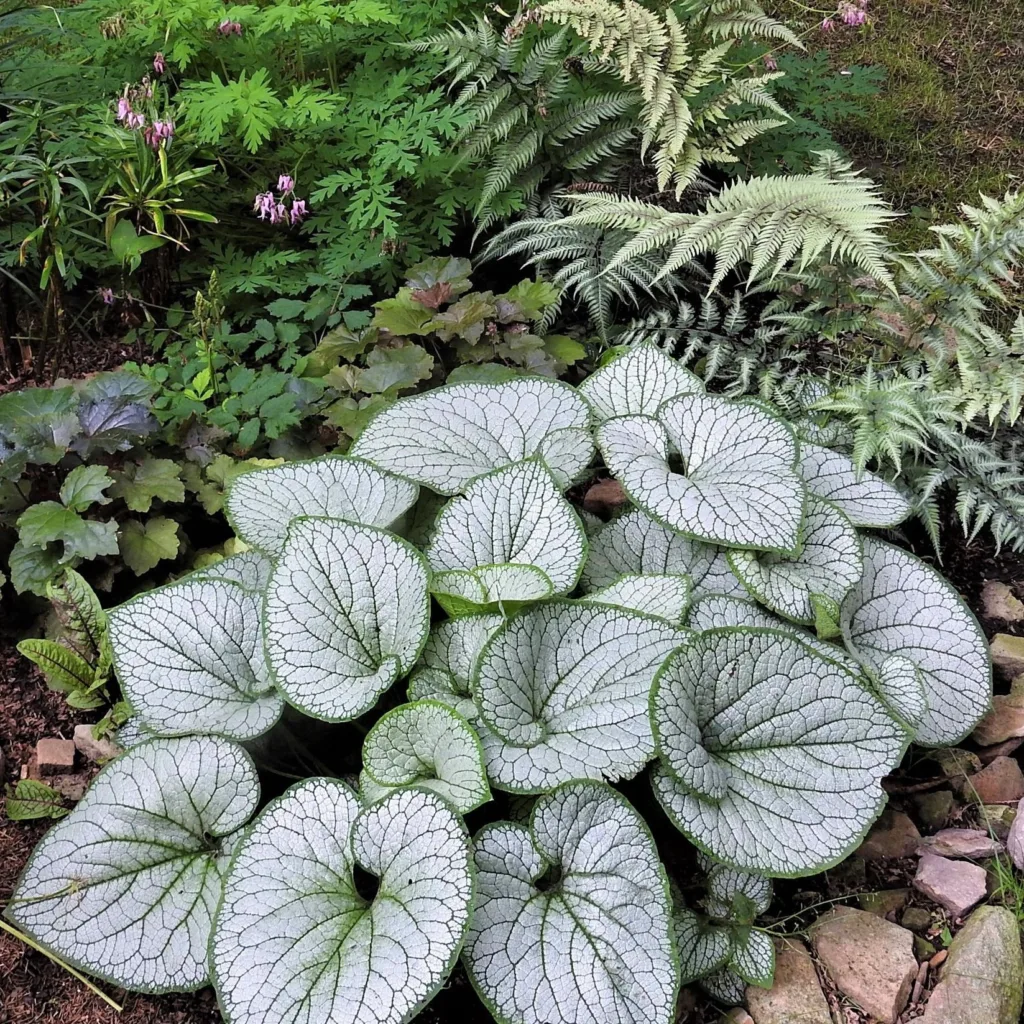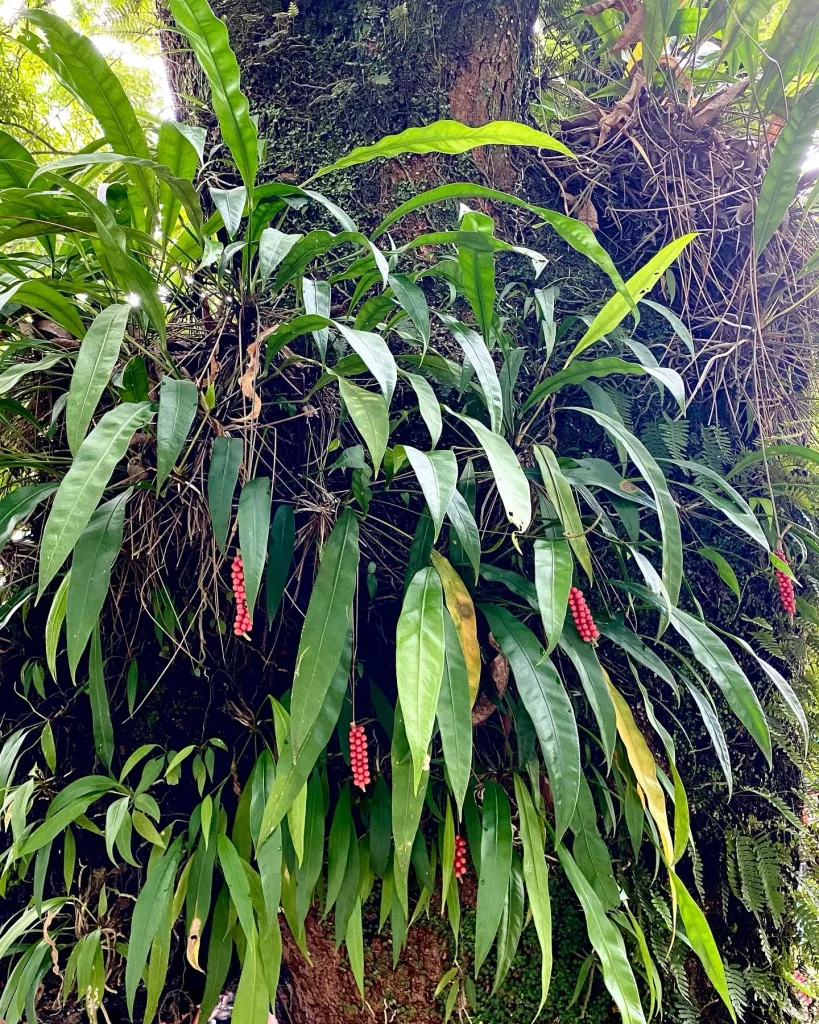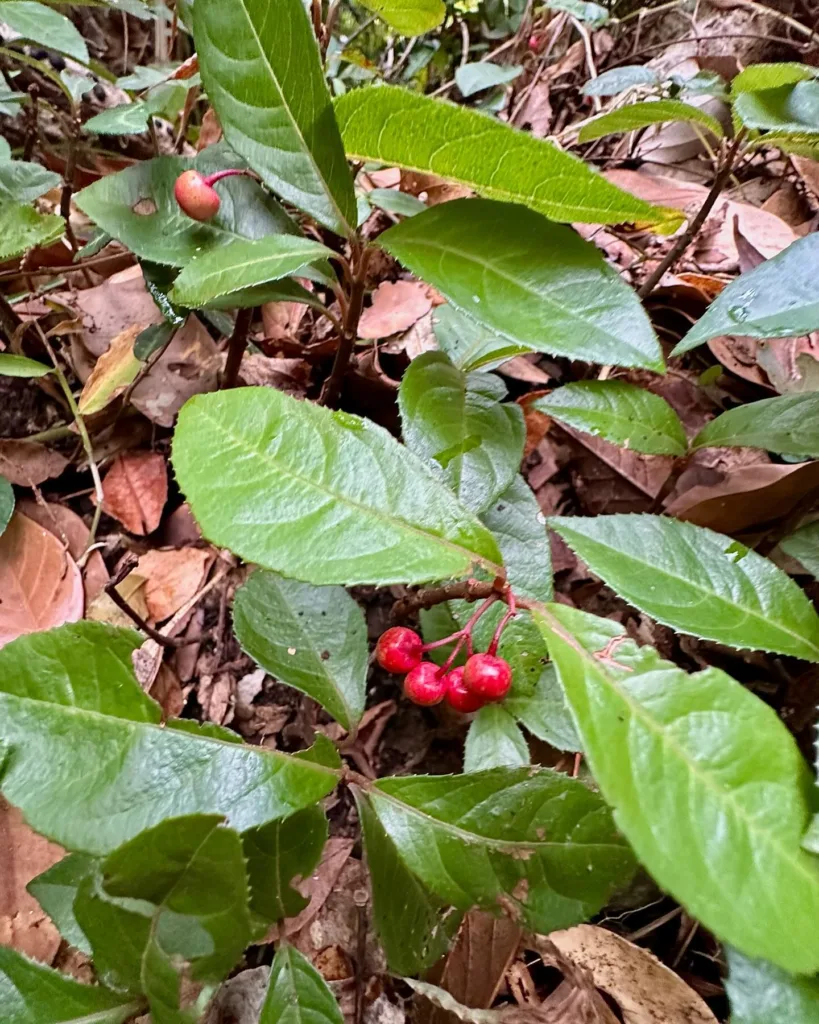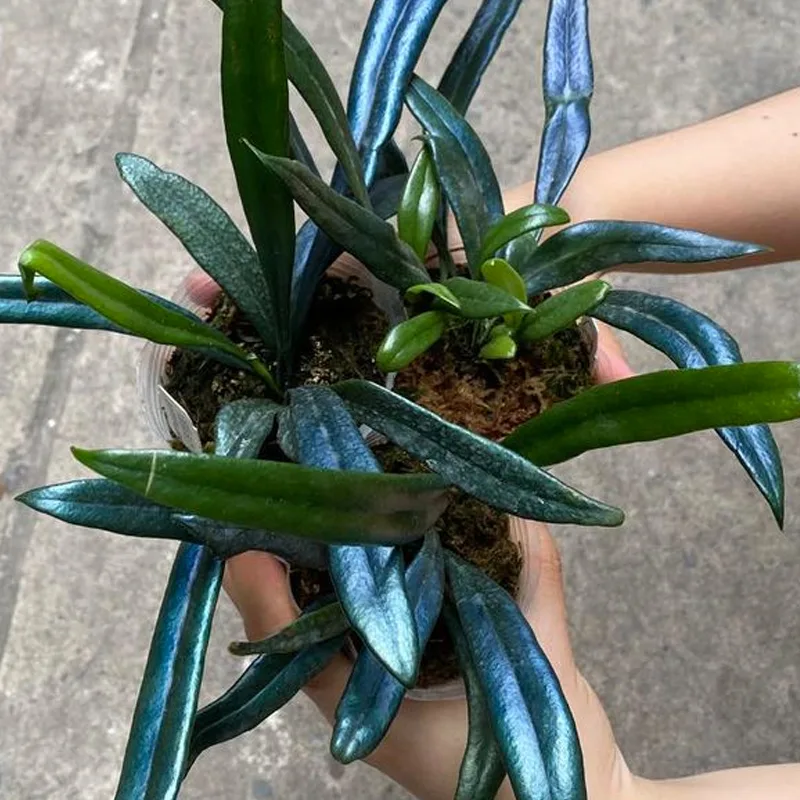Exploring the Corynocarpaceae Family: A Closer Look at Corynocarpus
When I first stumbled upon the Corynocarpaceae family, I was intrigued. This lesser-known family of flowering plants includes a single genus, Corynocarpus, which features fascinating trees native to New Zealand and other Pacific Islands. My journey into this botanical family has been enlightening, revealing unique traits, ecological roles, and potential uses that make Corynocarpus a noteworthy subject in the world of botany.
Understanding the Corynocarpaceae Family
The Corynocarpaceae family is a small but significant group within the order of Caryophyllales. It comprises only one genus, Corynocarpus, with several species primarily found in the tropical and subtropical regions of the South Pacific. These trees are evergreen, which means they retain their foliage throughout the year, adding greenery to their surroundings even in the colder months.
One standout feature of Corynocarpus trees is their fruit, often referred to as “nuta.” This fleshy fruit is not just visually appealing; it is also rich in nutrients. I’ve often found it fascinating how different cultures utilize native fruits, and Corynocarpus is no exception. The nut of Corynocarpus, particularly Corynocarpus laevigatus, known as the karaka, has been used for centuries by Māori people in New Zealand. They have traditionally processed the nuts to make them edible, showcasing a deep understanding of their local flora.
The Genus Corynocarpus
Corynocarpus is a genus that captures my attention for several reasons. Its members are typically medium to large trees, and their distinctive leaves, which can be leathery and glossy, provide an interesting aesthetic. I’ve seen some Corynocarpus species reach impressive heights, creating a striking presence in the landscape.
One of the most notable species is Corynocarpus laevigatus, commonly known as the karaka tree. This species is revered not just for its edible fruit but also for its cultural significance. The karaka tree is often associated with traditional Māori practices and holds a place in their mythology. During my explorations in New Zealand, I encountered many karaka trees, and each time, I was struck by their grandeur and the stories woven into their existence.
Ecological Role and Adaptations
Corynocarpus trees play a crucial ecological role in their native habitats. They provide food and shelter for various bird species. I recall observing native birds feasting on the karaka fruit, a sight that underscores the interconnectedness of ecosystems. These trees thrive in diverse environments, from coastal forests to inland areas, demonstrating remarkable adaptability.
Their ability to grow in challenging conditions is another aspect that fascinates me. Many Corynocarpus species can withstand salt spray and poor soils, making them ideal candidates for coastal landscaping. This resilience highlights the potential for these trees in ecological restoration projects, particularly in areas affected by human activity.
Uses of Corynocarpus in Cultivation
The cultivation of Corynocarpus species is becoming increasingly popular among horticulturists and landscape designers. I’ve seen how their unique characteristics can enhance gardens and parks, offering both aesthetic value and ecological benefits. The glossy leaves and vibrant fruit make them attractive additions to any landscape.
Furthermore, the karaka tree’s historical significance means it can serve as a living reminder of cultural heritage. As I delve deeper into plant cultivation, I appreciate the importance of incorporating native species that resonate with the local culture and ecology. Corynocarpus provides an excellent example of how plants can bridge the gap between nature and human tradition.
Challenges and Conservation Efforts
While exploring the Corynocarpaceae family, I also encountered some challenges facing these trees. Habitat loss due to urban development and agriculture poses a significant threat to their populations. Conservation efforts are crucial to ensuring the survival of Corynocarpus species and their habitats.
I’ve learned about initiatives aimed at preserving native flora in New Zealand, which include planting programs and awareness campaigns. Engaging local communities in these efforts is vital, as it fosters a sense of ownership and responsibility toward the environment.
Conclusion
In conclusion, my exploration of the Corynocarpaceae family and the genus Corynocarpus has been a rewarding experience. From their unique ecological roles to their cultural significance, these trees offer a rich tapestry of insights into the natural world. I believe that as we continue to learn about and appreciate plants like Corynocarpus, we can foster a deeper connection with nature and inspire future generations to protect and cherish our botanical heritage. Whether you are a botanist, horticulturist, or simply someone who enjoys the beauty of nature, the Corynocarpaceae family deserves a place in our hearts and gardens.
If i die, water my plants!



